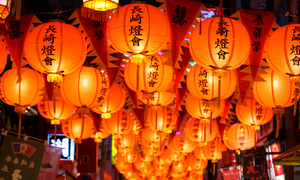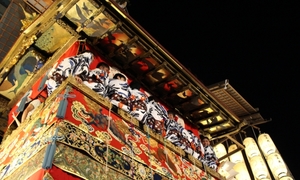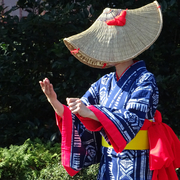Every year in early February, Sapporo city becomes adorned with massive snow and ice sculptures, transforming the streets into an art-filled city.
Known as the "Sapporo Snow Festival," this event, not only being the first of its kind organized by a municipality in Japan, has also earned its place among the world's top three snow festivals, alongside Canada's Quebec Winter Carnival and China's Harbin Ice Festival.

This festival takes place in three locations in Sapporo: Odori Park, which runs east to west through the city center, Susukino, the entertainment district, and the Tsudome Site, which is approximately a 50-minute away by shuttle bus from the city center.
Combined across these three venues, more than 200 snow and ice sculptures are created, and it is said to attract around 2.5 million visitors over the week.
The snow artworks range from those inspired by the zodiac of the year to replicas of internationally renowned structures like the National Palace Museum in China or Kasuga Grand Shrine.
In recent years, popular figures from the entertainment world, such as Star Wars and Final Fantasy, have also made appearances, making the festival enjoyable for a wide range of age groups.
As night falls, the festival undergoes a transformation with illuminations, and the snow sculptures take on a fantastical, colorful glow, captivating tourists with a different charm compared to the daytime experience.
Moreover, some snow sculptures feature projected images on their white surfaces, accompanied by sound, bringing to life scenes from movies and video games, creating a world full of movement and depth.
A highly recommended attraction, just a 7-minute walk from the Odori venue, is the Susukino venue (Susukino Ice World). Here, you'll not only find snow sculptures but also the "Crystal Street," exhibited with approximately 60 delicate ice sculptures.
This venue showcases intricate and beautiful sculptures such as "Ryugujo" where fish are embedded within the ice. In addition to an ice sculpture competition on the opening day, there are daily live ice sculpting demonstrations. Witnessing the transformation of blocks of ice into art up close is one of the highlights.
In Susukino, another equally popular attraction alongside the ice sculptures is the "Illumination Road." The brilliance here is so intense that it rivals the neon lights of Susukino's entertainment district, creating a dazzling spectacle even at night.
Amidst the enchanting atmosphere, taking photographs is highly recommended. There are also illuminated installations like the "Pumpkin Carriage" where you can step inside for photos, making it perfect for Instagramable shots.
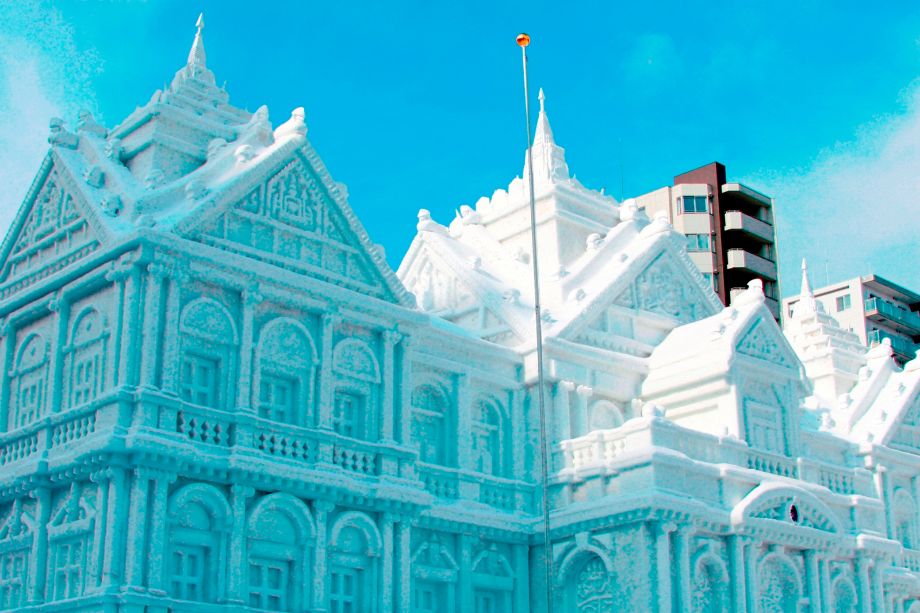
Creating Snow Sculptures
Snow and ice sculptures, even relatively small ones around 2 meters in size, require a large amount of snow, equivalent to what could fill a 10-ton truck.
For larger sculptures, approximately 15 meters in height (comparable to a 5-story building), you would need the snow equivalent of 250 trucks.
The largest recorded snow sculpture, located at the Frauenkirche in Germany, was about 25 meters tall, indicating the immense volume of snow required.
The total amount of snow needed for the entire Snow Festival is around 32,500 tons each year. This snow is transported by trucks from the mountains and nearby areas surrounding Sapporo.
Because of structural considerations, the snow used must be pure white and devoid of impurities. The selected snow is piled up into towering mounds and compacted down like a construction site.
Scaffolding is erected around the snow mounds, and rough shapes are carved out using shovels and other tools, followed by refining the details. Finally, a process called "snow makeup" involves applying fresh snow to give the sculpture its finishing touches.
Each year, it takes approximately one month to create these sculptures, with the help of the Self defended National Forces, city staff, and citizen groups. Volunteers are also welcome to participate.
After the Snow Festival, to prevent any potential accidents due to collapse, the snow sculptures are promptly dismantled, often turning into snowy hills by the morning.
Observing the construction process from a distance is also a quietly popular activity, attracting spectators each year.
Sapporo Snow Festival Highlights and Events
During the festival, there are daily stage events, as well as a variety of engaging activities that you can participate in and enjoy.
For example, at the Odori venue, there is an outdoor ice skating rink where you can skate under the illumination after sunset.
In addition, there's a section where you can experience "Walking ski," a popular activity in Hokkaido. Equipment rental is free, and volunteer staff will provide detailed instructions, making it accessible and enjoyable for beginners of all ages.
Families with children will delight in the "Cup Noodle Slide." Unfortunately, this attraction is limited to children, but the large snow slide adorned with Cup Noodle decorations is so popular that long lines form on weekends.
A recent highlight is the "Shiroi Koibito PARK AIR," a giant jump ramp that measures 65 meters in length and 24 meters in height. Snowboarders and skiers perform spectacular tricks and mogul skiing on this high-energy stage, creating an atmosphere like a live concert venue.
For those seeking attractions, the Tsudome venue is the place to be. They have "Snow Rafting," where you ride a raft towed by a snowmobile down a snowy slope, or the "Snow Zip Line," where you descend from a wire rope at a height of about 5 meters.
There are also services where you can pack snow into a snowman-shaped form and send it, attractions like mini bullet trains, Ferris wheels, and character shows at the "Attaka Kids Land" within the venue. This area is especially recommended for families.

Enjoying "Food" at the Sapporo Snow Festival
The Sapporo Snow Festival is an outdoor event that revolves around enjoying real ice sculptures, which means the temperature is quite cold. While Tokyo has an average temperature of around 10°C in February, Sapporo drops to a chilly 0°C! However, don't let the cold deter you; instead, embrace it with some warm and delicious food.
Each of the three venues of the Sapporo Snow Festival features various food and beverage stalls.
At the main Odori venue, you'll find a gourmet section offering dishes like miso ramen, crab soup, and Hokkaido's winter delicacies. Don't miss out on "Tachi-jiru," a unique soup made with cod roe.
There's also an "International Food Exchange" booth where you can savor world-famous dishes like Russian borscht and Spanish hot sangria.
In the Susukino venue, you'll come across ice blocks of ice piled up, complete with ice couches alongside. As it's a chilly setting, warm up with hearty soups, sweet sake, and a unique "dashi kara-age" (fried chicken with dashi broth).
At the Tsudome venue, you'll find the "Hokkaido Gourmet Village," offering a variety of Hokkaido's local specialties. From piping hot ramen to cheese fondue made with local cheese and "zo-ni" (sweet soup with grilled rice cakes), you can indulge in regional delicacies while staying warm.
So, make the most of your Sapporo Snow Festival experience by not only enjoying the incredible ice sculptures but also savoring the delicious and warming foods available at the festival venues.
Conclusion
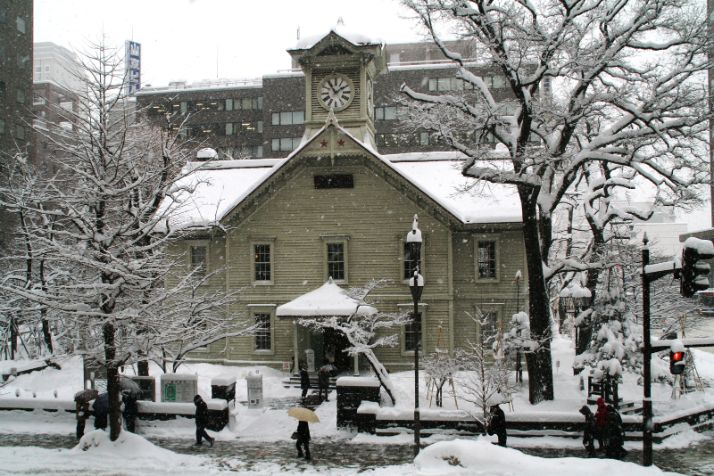
The Sapporo Snow Festival has grown significantly over the years, especially after the Sapporo Winter Olympics, attracting an increasing number of tourists from abroad. However, its origins can be traced back to a citizen-driven event that began as a way to lift the spirits during the post-war period and to embrace the harsh cold of winter.
The festival embodies the idea of creating a lively and passionate winter celebration within the given environment. It's an energetic and fervent festival that showcases how to have fun in challenging conditions like when it was in the past.
If you're interested in experiencing the Sapporo Snow Festival firsthand or in visiting there, click here↓


